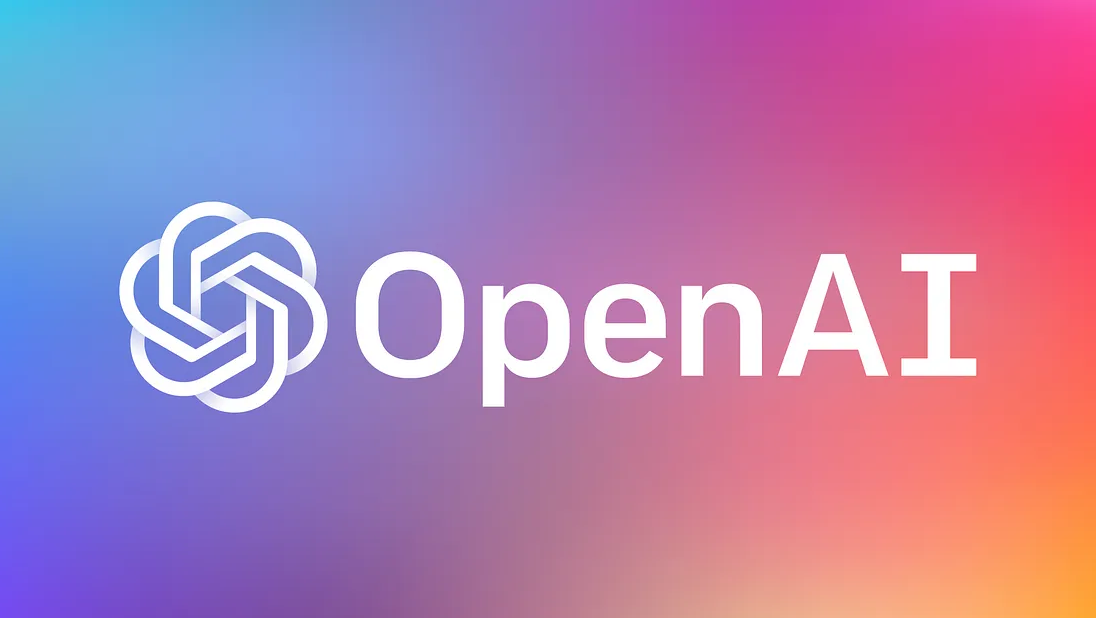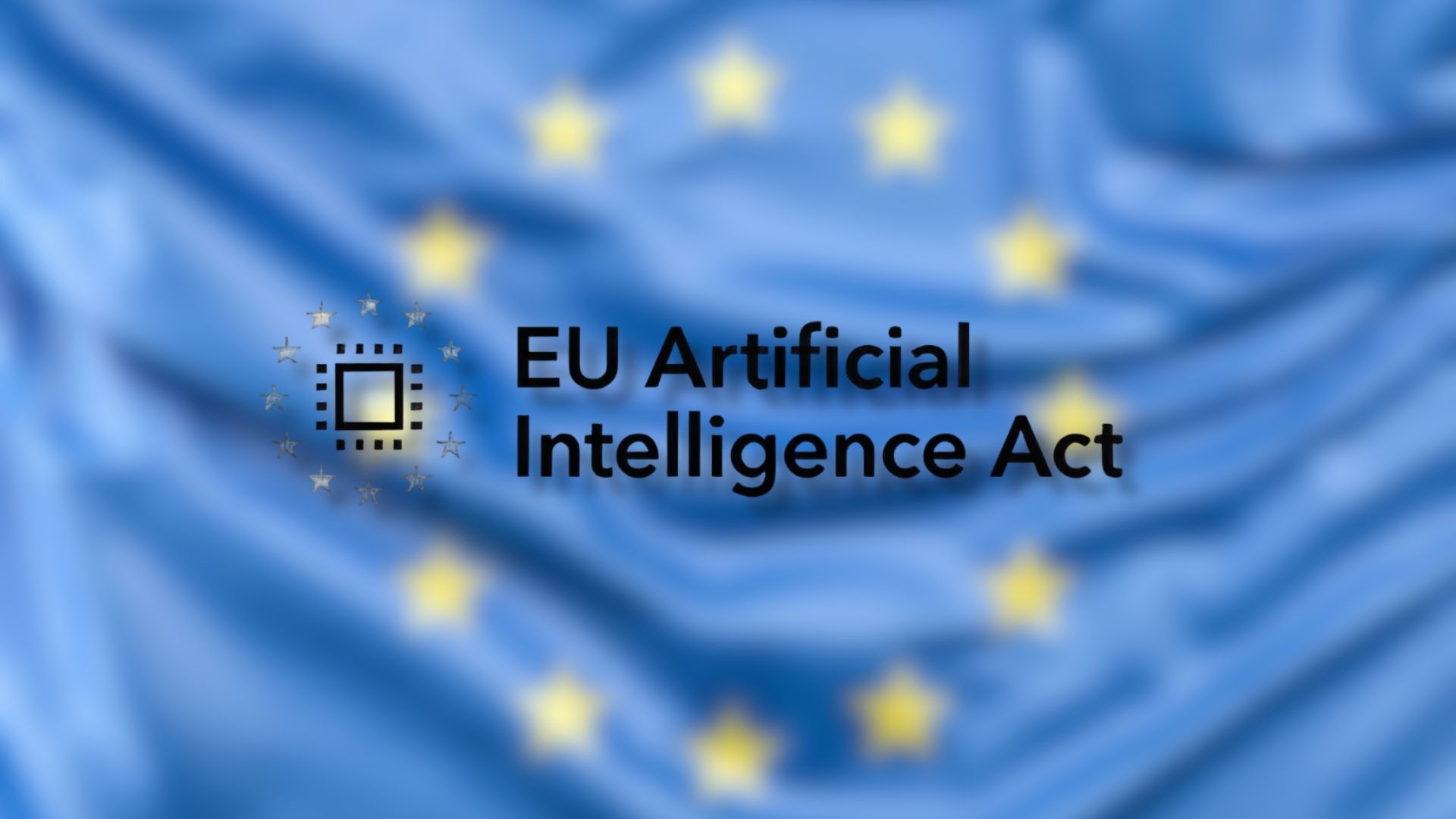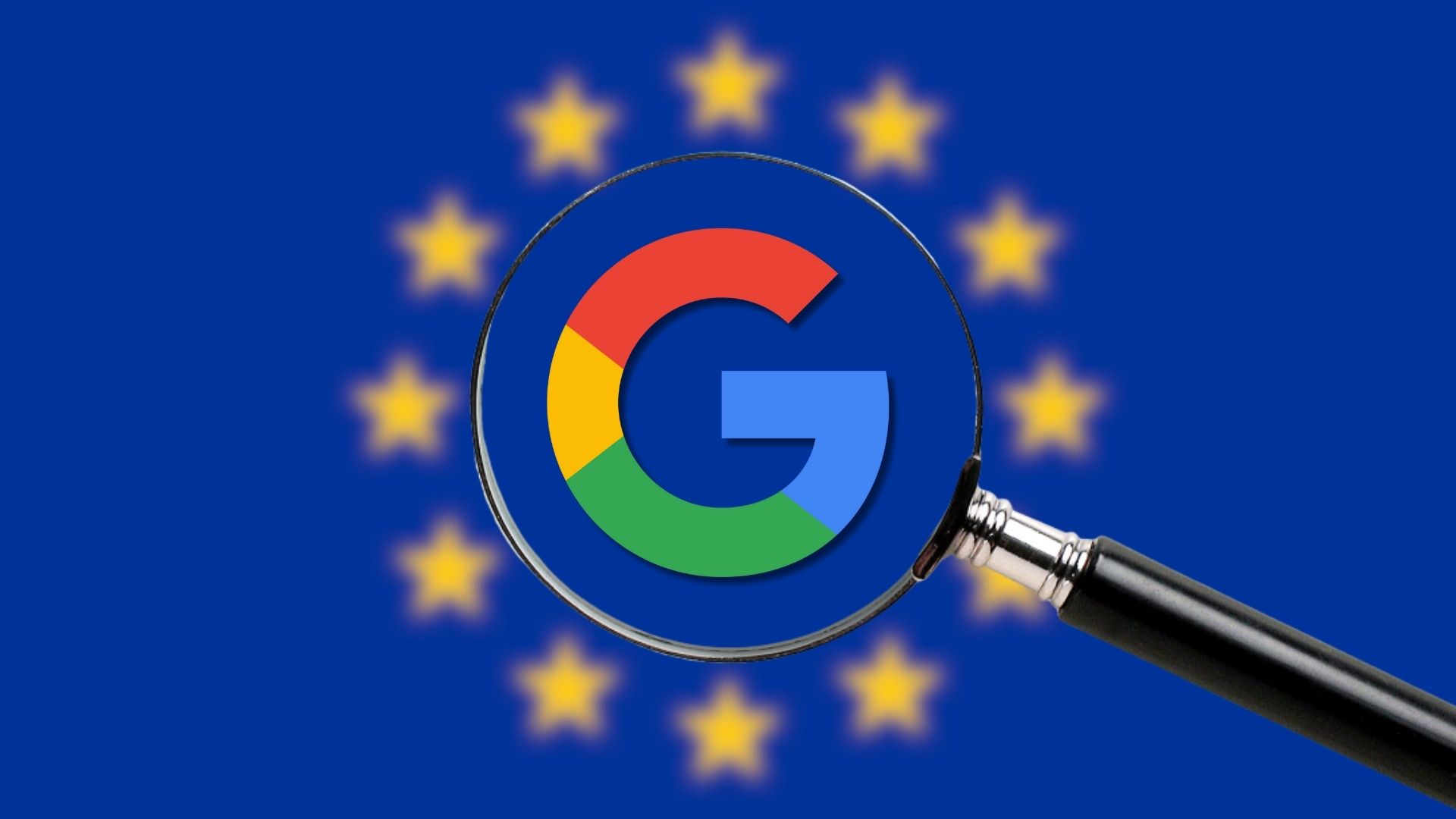The UK Department for Science, Innovation and Technology (DSIT) has entered a strategic partnership with Google DeepMind to advance AI across public services, research, and security.
The non-legally binding memorandum of understanding outlines a shared commitment to responsible AI development, while enhancing national readiness for transformative technologies.
The collaboration will explore AI solutions for public services, including education, government departments, and the Incubator for AI (i.AI). Google DeepMind may provide engineering support and develop AI tools, including a government-focused version of Gemini aligned with the national curriculum.
Researchers will gain priority access to DeepMind’s AI models, including AlphaEvolve, AlphaGenome, and WeatherNext, with joint initiatives supporting automated R&D and lab facilities in the UK. The partnership seeks to accelerate innovation in strategically important areas such as fusion energy.
AI security will be strengthened through the UK AI Security Institute, which will share model insights, address emerging risks, and enhance national cyber preparedness. The MoU is voluntary, spans 36 months, and ensures compliance with data privacy laws, including UK GDPR.
Would you like to learn more about AI, tech and digital diplomacy? If so, ask our Diplo chatbot!










